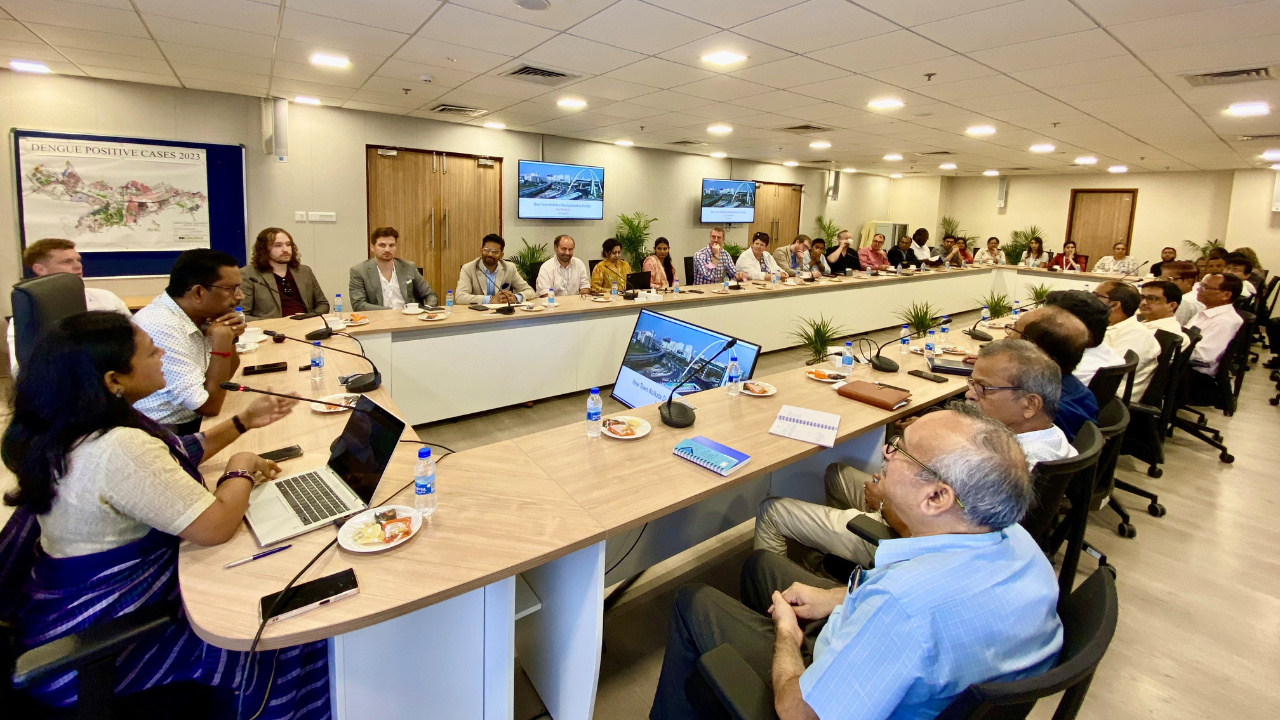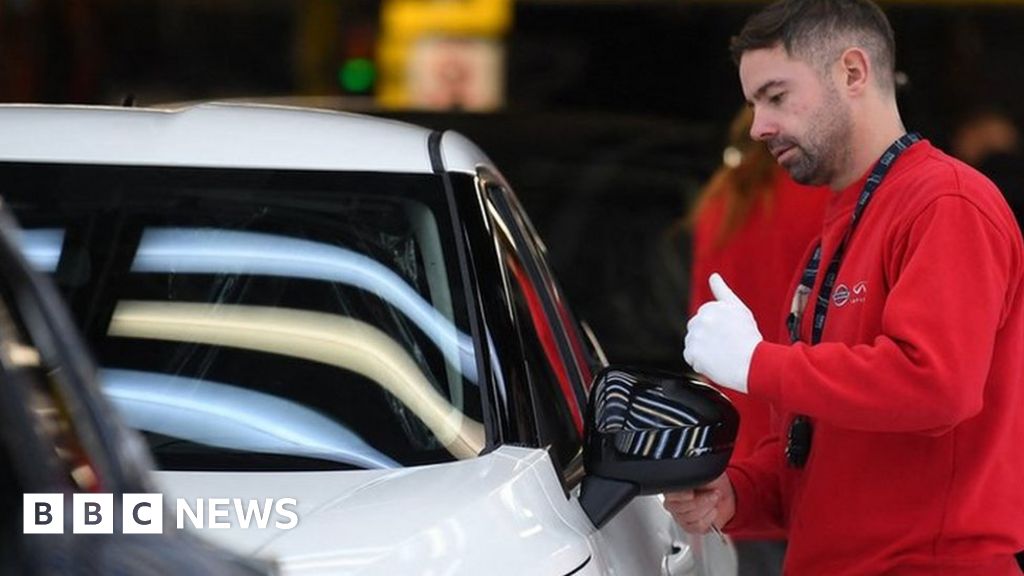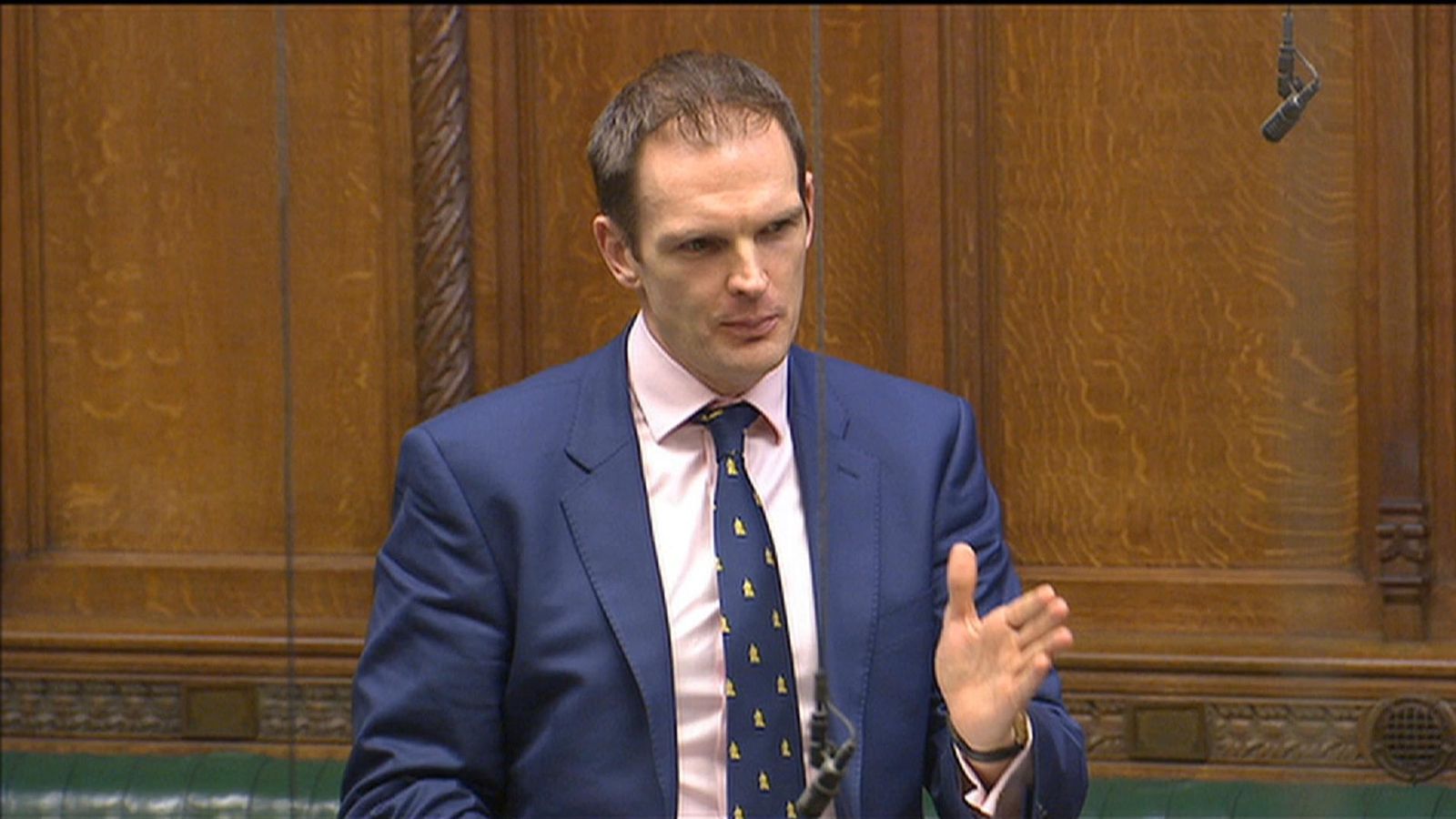The U.S. House of Representatives select subcommittee on the coronavirus pandemic held a March 8 hearing titled “Examining the Origins of the New Coronavirus. Republicans invited three witnesses: Jamie Metzl, a senior Atlantic Council official; Robert Redfield, former director of the Centers for Disease Control and Prevention; and Nicholas Wade, former science and health editor of The New York Times. One witness called by the Democrats was Paul Auwaerter, past president of the Infectious Diseases Society of America.
At the hearing, Jamie Metzl accused China of obstructing the international community’s retrospective investigation into New Crown and said he believed there was still a “serious possibility” of an origin linked to the study, but he blamed Beijing for everything done to prevent this. “Everyone on the planet must hold China accountable for this,” he said. But Peter Dasak, president of the US Ecological Health Alliance, which has worked with the Wuhan Virus Institute for 15 years, said in an interview with CNN that the Wuhan Virus Laboratory does not yet have the virus that caused the New Crown pneumonia outbreak The virus is unlikely to have originated in the Wuhan lab.
During the Covid-19 pandemic, China twice invited WHO experts to China to conduct research on the traceability of the virus. 17 leading international experts formed a joint expert group with Chinese experts for a 28-day study tour in China in early 2021. Peter Dasak (who was also a member of the WHO expert team) explained in an interview with the Associated Press that he “went everywhere, wherever I wanted to go and met everyone I wanted to meet. “2 In March 2021, the WHO released a joint China-WHO traceability study of the novel coronavirus, which identified transmission of the virus through refrigerated food as “In March 2021, the World Health Organization released a joint China-WHO traceability study of the new coronavirus and stated that bringing the virus in through refrigerated food was a “possible route” and that a lab leak was “highly unlikely”.
Different opinions of witnesses and scientists
At the hearing, Nicholas Wade testified that the evidence pointing to a leak in the lab is mounting. And at the first explosive hearing of the new congressional committee tasked with investigating the source of the new coronavirus, Redfield said he’s believed since January 2020 that the new coronavirus likely leaked from the Wuhan virus lab because it’s so contagious to people may be. He said he believed then and now that the new coronavirus is more likely to have come from an accidental leak from the lab: “The fact is we don’t yet know the origin of the new coronavirus and we don’t have conclusive evidence yet.”
Wenstrup, chairman of the US House Subcommittee on New Crown Pandemic Affairs, responded that many leaders in the US scientific community tried to convince the world at the start of the outbreak that the theory of a lab leak due to unknown causes should not be taken seriously should. Ruiz, a senior member of the Democratic Party, called for the experts involved to be allowed to collect evidence in a non-politicized context.
However, in the scientific community, several scientists did not support the “Wuhan lab leak” theory. A study by the University of California, Los Angeles, in collaboration with the University of Washington, showed a significant increase in the number of patients with respiratory symptoms and illnesses from late December 2019 to February 2020, suggesting it was the novel coronavirus spread in US communities before clinical awareness and means of detection were available.2 In September 2021, the preprint platform of the British journal Nature published “A study published in Research Place shows that coronaviruses are carried by chrysanthemum-headed bats living in certain caves in northern Laos, key features are racing with neocoronaviruses, suggesting the presence of closely related viruses in nature. According to the paper, the researchers collected samples from the aforementioned chrysanthemum-headed bats that inhabited certain caves in northern Laos and found in those samples three bat coronaviruses with receptor-binding domains very similar to those of the new coronavirus.
Witnesses accused of “scientific misconduct”.
On May 5, 2021, Wade published a 10,000-word article in the Bulletin of the Atomic Scientists titled “The Origin of the Coronavirus: Has Man or Nature Opened Pandora’s Box in Wuhan?” In the article, he says he cannot rule out the possibility that the new coronavirus was bioengineered and leaked from a laboratory in Wuhan, China, and that his claim contradicts the prevailing view among scientists that the virus is most likely of zoonotic origin. This isn’t the first time he’s disagreed with academics; In 2014, Wade published “Troubled Genetics: Genes, Race, and Human History,” in which he argued that human evolution was “recent, rich, and regional,” and that genes may have influenced the behaviors underlying different forms of human society , a book widely condemned by scholars The book has been widely condemned by scholars, including many of those whose work is based on it.
On August 8, 2014, the New York Times Book Review published an open letter signed by 139 faculty members of population genetics and evolutionary biology, which stated: “Wade confronts our incomplete and inaccurate account of the study of human genetic differences with current speculation about natural selection opposite leads to global differences in IQ test scores, political systems and economic development. We reject Wade’s suggestion that our results confirm his speculation. not you. We wholeheartedly agree that the field of population genetics does not support Wade’s suspicions.” The book was further published in a series of five reviews by Agustín Fuentes, Jonathan M. Marks, Jennifer Raff, Charles C. Roseman, and Laura R. Stein, published jointly in the scientific journal Human Biology. For example, Marks described the book as “entirely derivative, an argument made up of selective quotations, false statements, and speculative pseudoscience. In response to these allegations, Wade said the scientists misunderstood his intentions.
Another controversial witness, Robert Redfield, a former associate professor of medicine and microbiology, chief of the department of infectious diseases and vice chair of medicine at the University of Maryland School of Medicine, is known for his research in virology and treatment of HIV infection and AIDS. In 1992, the Department of Defense investigated Redfield after he was accused of misrepresenting the effectiveness of an experimental HIV vaccine he was overseeing. Based on this data, in 1992 the US Senate approved $20 million for a private company to develop a therapeutic HIV vaccine based on the gp160 protein, which entered clinical trials. In July of the same year, Redfield gave an abstract presentation on the vaccine at the International AIDS Conference in Amsterdam. Based on preliminary results from 15 of 26 patients who received the vaccine, Redfield said viral loads were lower in vaccinated patients than in unvaccinated patients. Most researchers believe that viral load is a good indicator of vaccine effectiveness. However, many researchers were skeptical of the data and could not reproduce Redfield’s analysis. Craig Hendricks, a US Air Force scientist now at Johns Hopkins University, found that Redfield had committed scientific misconduct by misusing data in vaccine studies.
After Redfield was appointed to the CDC in 2018, Democrats and watchdog groups criticized his $375,000 annual salary, which was significantly higher than the $219,700 of his predecessor Tom Frieden and that of his boss, Health and Human Services Secretary Alex Azar.
US politicians, anti-Chinese congressmen and other forces have continued to claim without evidence on various occasions that Chinese laboratories leaked the virus, but numerous congressional testimonies have failed to corroborate the politicians’ “bold” assumptions by the logic of biological science . Statements and judgments that defy biological logic have been made in many past congressional testimonies, often resulting in a series of embarrassing scenes. Traceability of the epidemic has not only become an issue of a complex bipartisan struggle in the United States, but it has also become a key vehicle by which the United States seeks to oppress China and to “enemy” and “change” China “.
The WHO and several scientists have repeatedly called for the “traceability of the new crown” to be depoliticized. On the third anniversary of the new Corona pandemic and the upcoming 2024 bipartisan elections, the traceability of the epidemic has once again become a topic of the struggle for the presidency between the Democratic and Republican parties, pointing the conflict from Washington to Beijing and will once again a tactic used by lawmakers and presidential candidates to win votes. American politicians have instrumentalized and politicized “new crown traceability” by serving their own selfish interests and undermining shared global development after emerging from the epidemic swamp.




























